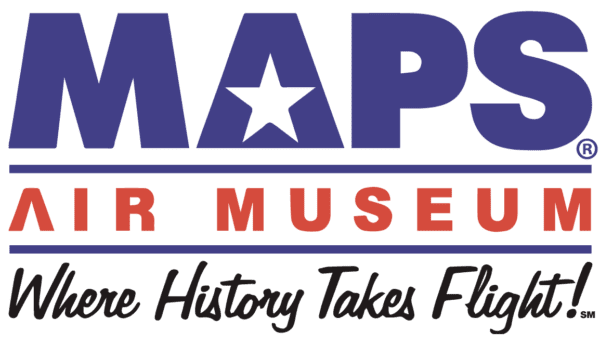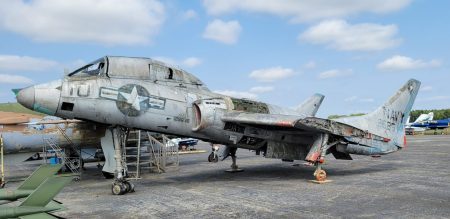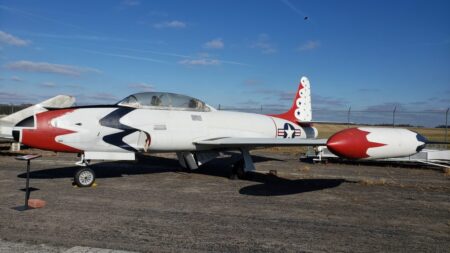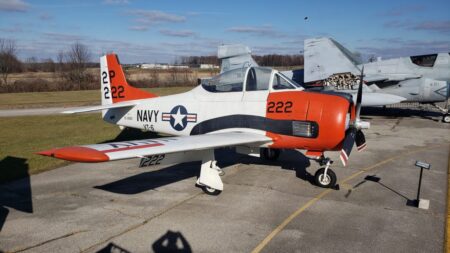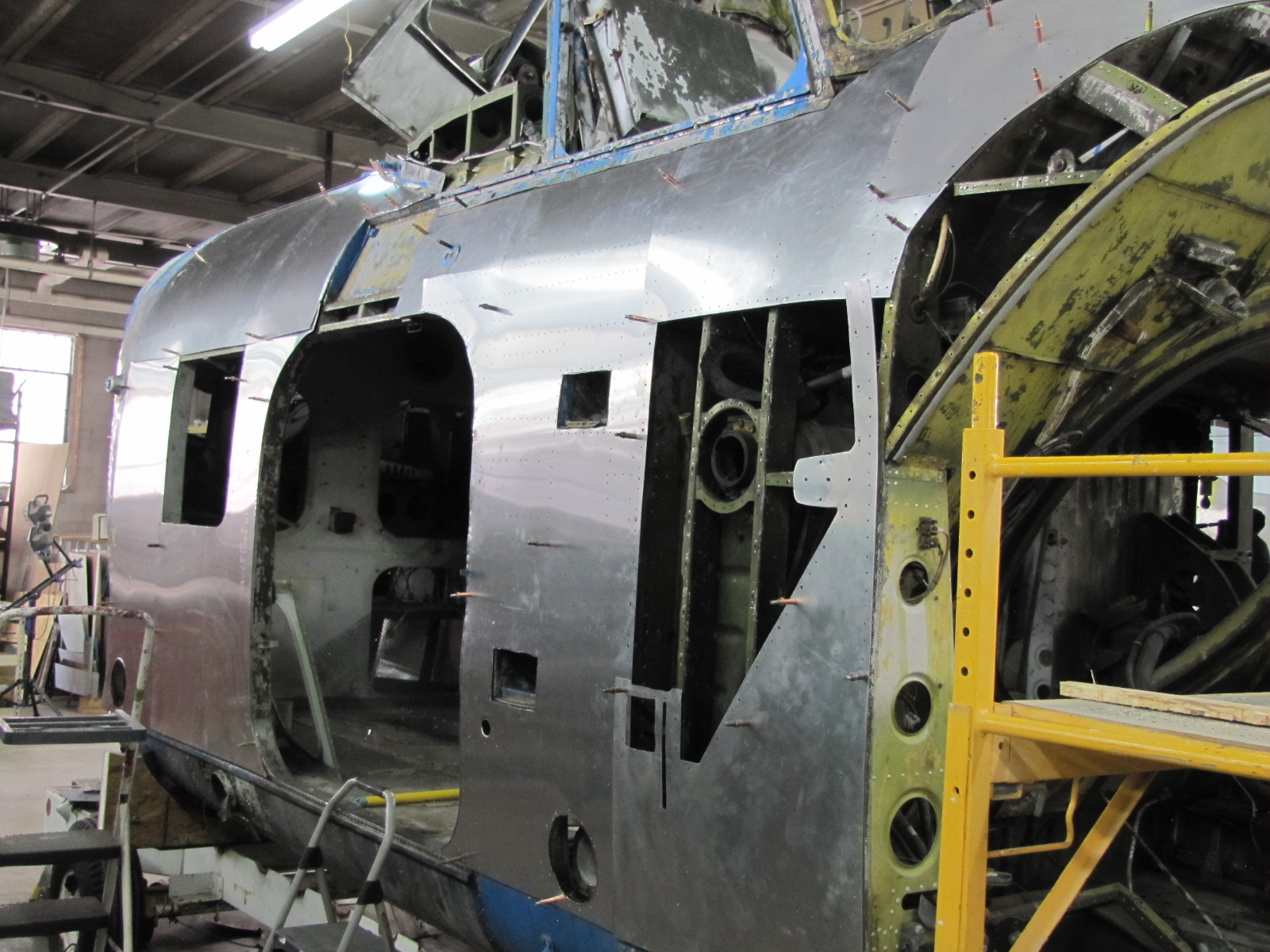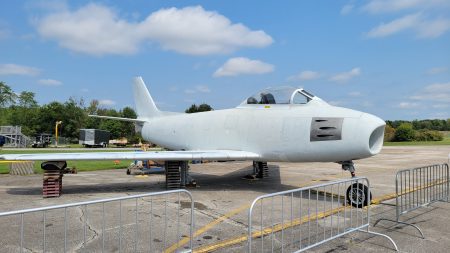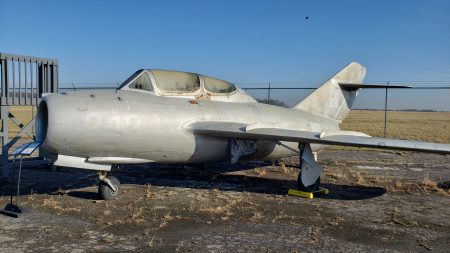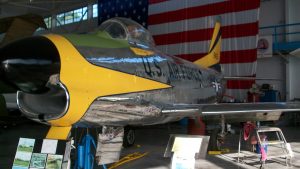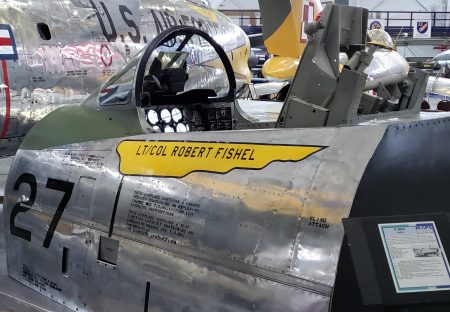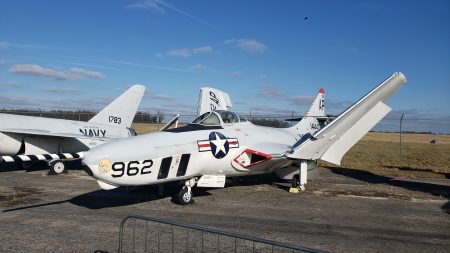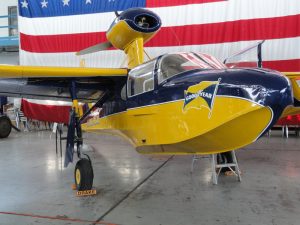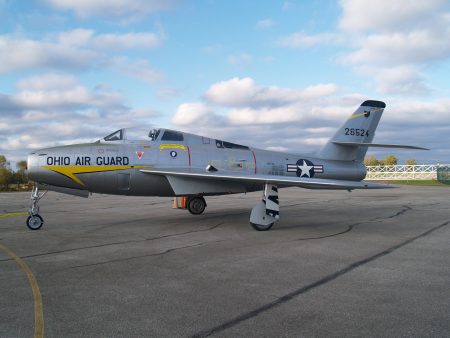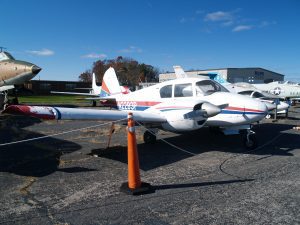POST-WAR ERA of Aviation: Korea ~ 1946-1953
The period between 1945 and 1979 is sometimes called the post-war era or the period of the post-war political consensus. During this period, aviation was dominated by the arrival of the jet age. In civil aviation the jet engine allowed a huge expansion of commercial air travel, while in military aviation it led to the widespread introduction of supersonic aircraft.
By the end of the Second World War Germany and Britain already had operational jet aircraft in military service. The next few years saw jet engines being developed by all the major powers and military jet aircraft entering service with their air forces. The Soviets’ most important design bureau for future jet fighter development in the decades to come, Mikoyan-Gurevich, started preparing for building swept-winged jet aircraft with the small, experimental piston-engine MiG-8 Utka pusher, which flew with slightly swept-back wings only months after V-E Day.
Supersonic flight was achieved in 1947 by the American Bell X-1 rocket plane, however the use of rocket engines would prove short lived. The development of the afterburner soon allowed jet engines to provide similar levels of thrust and longer range, while needing no oxidant and being safer to handle. The first supersonic jet to enter service was the North American F-100 Super Sabre, in 1954.[1]
…Continued in “POST-WAR ERA of Aviation: Vietnam”
Lockheed T-33A “Shooting Star”
North American F-86D/L “Sabre Dog”
North American F-86D “Sabre Dog” (Cockpit Section Only)
Republic F-84F “Thunderstreak”
